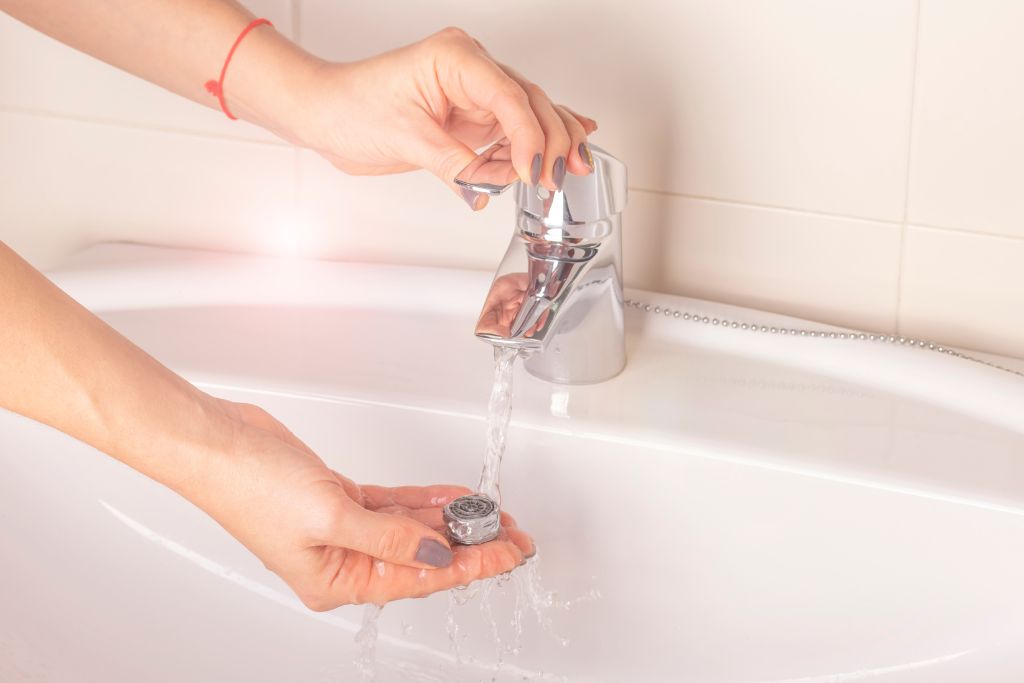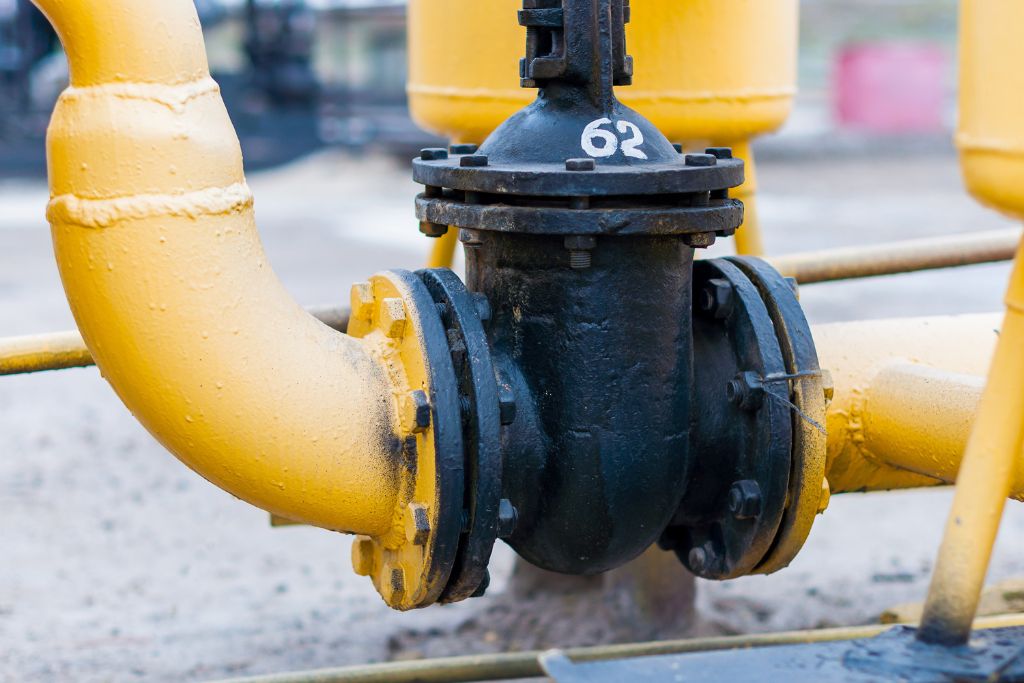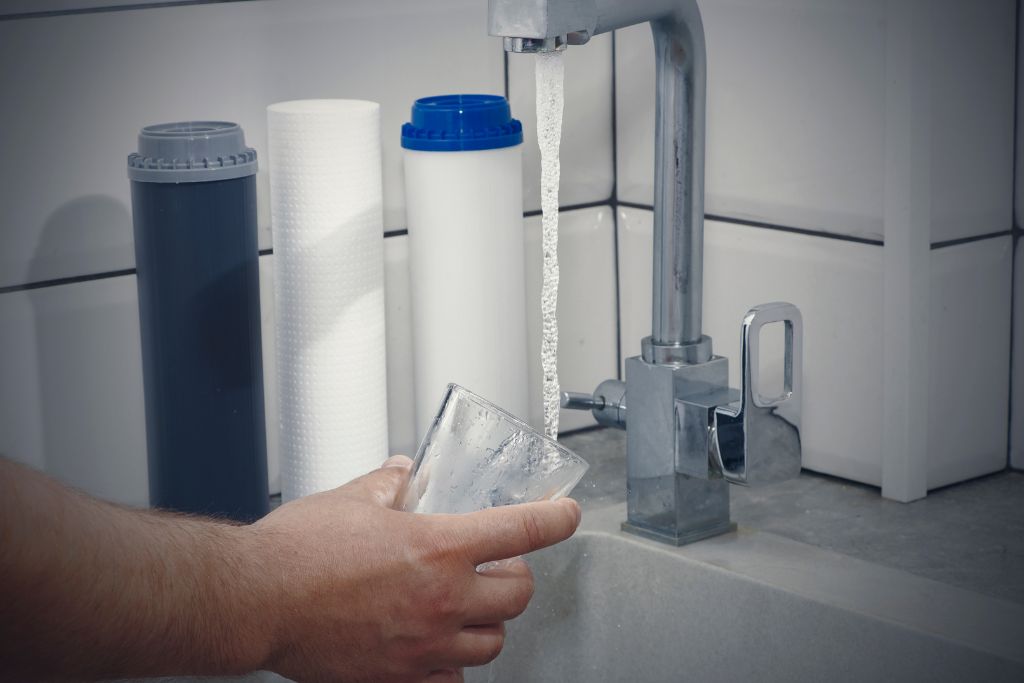Are you struggling with low water pressure in your house? It can be incredibly frustrating when you’re trying to take a shower, wash the dishes or water your plants. But don’t worry! There are several simple and effective solutions that can fix this issue without breaking the bank. In this blog post, we’ll share some of the most common causes of low water pressure and show you how to solve them step by step, so you can enjoy strong and steady water flow again. Let’s dive in!
Check the water pressure regulator
The first thing you should check when dealing with low water pressure is your house’s water pressure regulator. This device controls the flow of water coming into your home from the main supply line and ensures that it stays at a safe and steady level. If it’s not working correctly, it can lead to reduced water pressure.
To find out if your regulator needs adjusting or replacing, locate it near the main shutoff valve where the water enters your home. It looks like a bell-shaped object with an adjustable screw on top. Turn off all faucets and appliances that use water, then remove the cover from the regulator and use a pressure gauge to measure the current pressure level.

If it’s below 40-45 psi (pounds per square inch), you may need to adjust or replace your regulator. To do this, turn off the main valve again, loosen the lock nut on top of the screw, and turn clockwise to increase or counterclockwise to decrease the pressure until you reach an optimal level between 50-60 psi.
Clean or replace the water filter
One of the most common causes of low water pressure in homes is a clogged or dirty water filter. The water filter is responsible for removing impurities and debris from the water before it reaches your faucets and appliances. Over time, filters can become clogged with sediment, rust, and other particles which can obstruct the flow of water.
To fix low water pressure caused by a dirty filter, you may need to clean or replace it. Before doing so, make sure to turn off the main supply valve to avoid any leaks or spills.

If your home uses a cartridge-style filter, you should be able to remove it easily by unscrewing it from its housing unit. Once removed, inspect the filter for signs of damage or wear and tear. If it’s just dirty, rinse it thoroughly under running water until all debris has been removed. For more advanced filtration systems such as reverse osmosis filters or whole-house systems, consult their respective manuals on how best to maintain them.
Replacing your filter periodically is also important in maintaining good quality flowing through your pipes – this helps prevent blockages that can cause low-pressure issues down the line!
Clean the aerator
A common culprit for low water pressure in your house can be a clogged aerator. The aerator is a small device located at the end of your faucet that mixes air with the water, reducing splashing and saving water. Over time, sediment or minerals can build up inside it, blocking the flow of water and causing low pressure.
Cleaning the aerator is simple and cost-effective. Start by turning off the faucet’s water supply. Then, locate and unscrew the aerator from its place at the end of your faucet spout using pliers or a wrench.

Once removed, use an old toothbrush to scrub away any debris or mineral buildup on all parts of the aerator. Rinse thoroughly under running water to remove any remaining dirt or gunk.
If cleaning doesn’t restore proper function to your aerator, consider replacing it altogether with a new one easily available at most hardware stores. By keeping this tiny part clean and functional you’ll enjoy strong streams of flowing tap water throughout your home!
Adjust the water heater temperature
One of the potential causes of low water pressure in your house is a problem with your water heater. If it’s set too high, it can cause the pressure relief valve to open and reduce the overall water pressure. Alternatively, if it’s set too low, you might not get enough hot water flowing through your pipes.
To adjust the temperature on a gas or electric water heater, start by turning off power to the unit from your circuit breaker box or gas supply line. Then locate the thermostat dial on your tank and turn it up slightly until you reach an ideal temperature for both comfort and efficiency. It’s important not to set the temperature too high as this can be dangerous, especially if you have young children at home who could potentially be scalded by excessively hot tap water. A safe range for most households is between 120-140 degrees Fahrenheit.

Once you’ve made any necessary adjustments to your water heater temperature settings, turn back on the power or gas supply to restore service and check if there are improvements in your home’s water pressure levels.
Contact your local water company
If you have tried all of the previous solutions for fixing low water pressure in your house and nothing seems to work, it may be time to contact your local water company. It is important to note that before contacting them, you should make sure that the low water pressure issue is not isolated to just one faucet or fixture in your home.
The first step would be to call their customer service line and explain the problem you are experiencing with your water pressure. They will likely ask various questions about when the issue started if there have been any recent construction or changes in the area and if any neighbors are also experiencing similar problems.

In some cases, they may send out a technician to inspect your system and determine if there are any issues with their infrastructure or supply lines. If this is found to be the case, they will take appropriate action to fix it. Keep in mind that there may also be a possibility of additional charges depending on what they find during inspection or repair work. However, contacting them early on instead of attempting DIY repairs without results can save you both time and money in the long run.
It’s important to know how to fix low water pressure in a residence “Toilet plumbing issues require adequate venting“. Proper ventilation improves toilet performance and water pressure. Proper venting balances plumbing air pressure, allowing wastewater to run easily and preventing water pressure oscillations. Installing proper toilet vents and checking for obstructions can help fix low water pressure and improve plumbing functionality.
